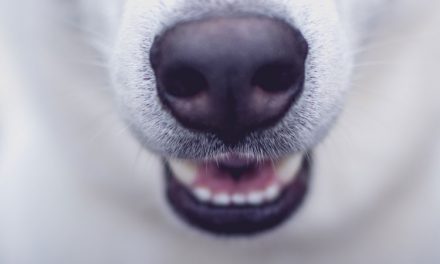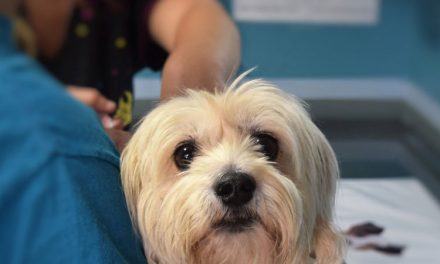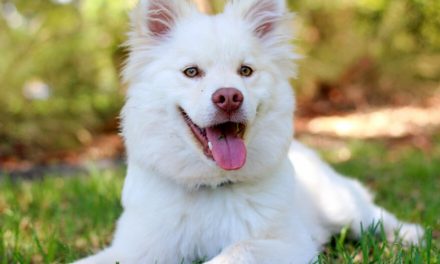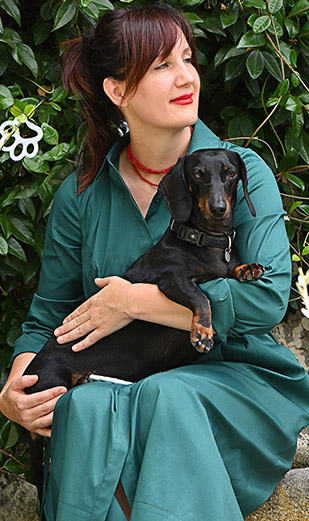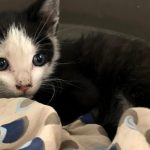Avery popular desire is to have a pet, even in the cities. It is so strong that many people have one or more pets of the same or different species that live together peacefully despite the folk sayings. What are the reasons why live together is difficult, despite the desire? The more popular excuse, although it is not always justified, is pets allergies.
I allow myself to write this because this is the “excuse” that veterinaries hear more often, expecially near the holidays or when owners confess abandonment. Is it true that, expecially cats can provoke allergies that cause their abandonment? Unfortunatly cat is the one that can cause different allergic reactions.
The severity of the reaction depends on the single cat and the immunitary human system. Reactions in mild forms can be imperceptible, then we can have obvious located and temporary reactions like local itching or redness that presents itself when the cat rubs up against us, more evident reactions like ocular tearing and redness or reactions like asthma attacks and breathing difficulties. Not all the cats are responsible for allergies and, differently from our way of thinking, it doesn’t depends on lenght or quantity of their hair because the reason of allergic reactions is the saliva.
The protein named Fel D1 is the responsible of allergic reactions, it is produces by sebaceous and salivary glands. Cats spend all day grooming and leaves his saliva on the fur, the hair detaches and lays down causing those reactions. Then the hair flyes and drops everywhere causing allergies in predisposed people. The hais is only a carrier.
It is estimate that one in five people is allergic at this protein. All cats produce it but many studies underline the fact that Siberian and Abyssinia cats cause less allergic reaction than other races.
Studies conducted at Indoor Biothecnology of Virginia (U.S.A.) have found that male Siberian cat generally produces 2000 micro grams of Fel D1 instead of different race of cat that produces 62000 migro grams. Female Siberian Cat produces only 205 mg. Even saliva of Abyssinia cats have lower Fel D1 that other cats.
There are many methods to reduce the production of the protein. Zurigo University, for example, has been working for 10 years in order to find a vaccine for the cat that reduce the production of the protein. The good results are published in the Journal of Allergy and Clinical Immunology.
Another research is about the companies that produce cats food. One in particular has been producing food that contain a product able to contrast the protein, it reduces the level of the protein of about 47%. Shampoo and local lotions are not useful because they don’t contrast the continuos deposit of saliva on the fur. However cohabitation let us know if a single cat can be responsible or not for allergic manifestations. As you understand, even in this unfortunate case, we can find a better solution than abandonment.
Otherwise, another solution is to have a cat of the two races above, but be careful because they can trigger allergies too. Just to be sure, take some time to be certain of the “compatibility” and avoid abandonments.


